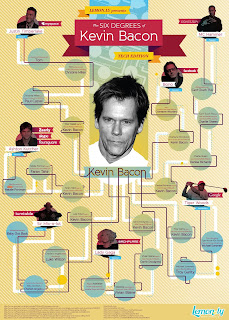Switching Back
Though I have been working on my other project throughout the semester, the blog will be moving away from the ASCEND project and back toward the modeling project.
In the last update I discussed the development of the code to produce a random geometric graph that then adds a given number of random edges (set by the user). Over the past weeks I have continued to adjust this code and have used it to produce figures which represent simulations of a small world environment.
The small-world phenomena was first empirically studies by social psychologist Stanley Milgram. He developed an experiment in which he asked randomly chosen “starter” individuals to each try forwarding a letter to a designated “target” person living in the town of Sharon, MA, a suburb of Boston. He provided the target’s name, address, occupation, and some personal information, but stipulated that the participants could not mail the letter directly to the target; rather, each participant could only advance the letter by forwarding it to a single acquaintance that he or she knew on a first-name basis, with the goal of reaching the target as rapidly as possible. The result was that, roughly a third of the letters eventually arrived at the target, in a median of six steps, and this has since served as
D. Easley and J. Kleinberg. Networks, Crowds, and Markets: Reasoning about a Highly Connected World. Cambridge University Press, 2010. Draft version: June 10, 2010.
Ultimately Milgram’s experiment demonstrated that short paths (the number of people connecting any two given people) are there in abundance in social networks and that people, without having a “map” of the social network, are effective at collectively finding these short paths.\
I will be exploring this phenomena in the context of the larger question about the movement of resources within differentially distributed groups.



Comments
Post a Comment